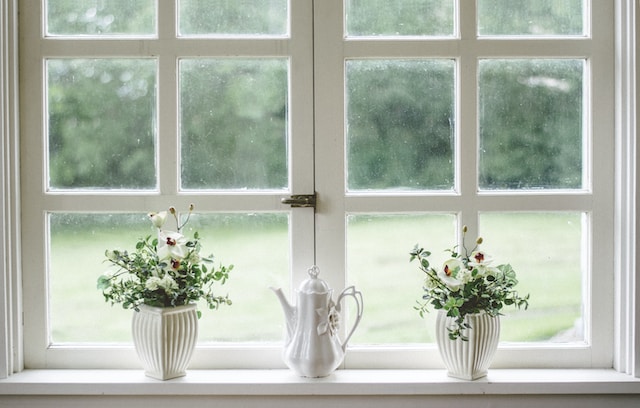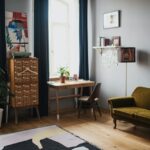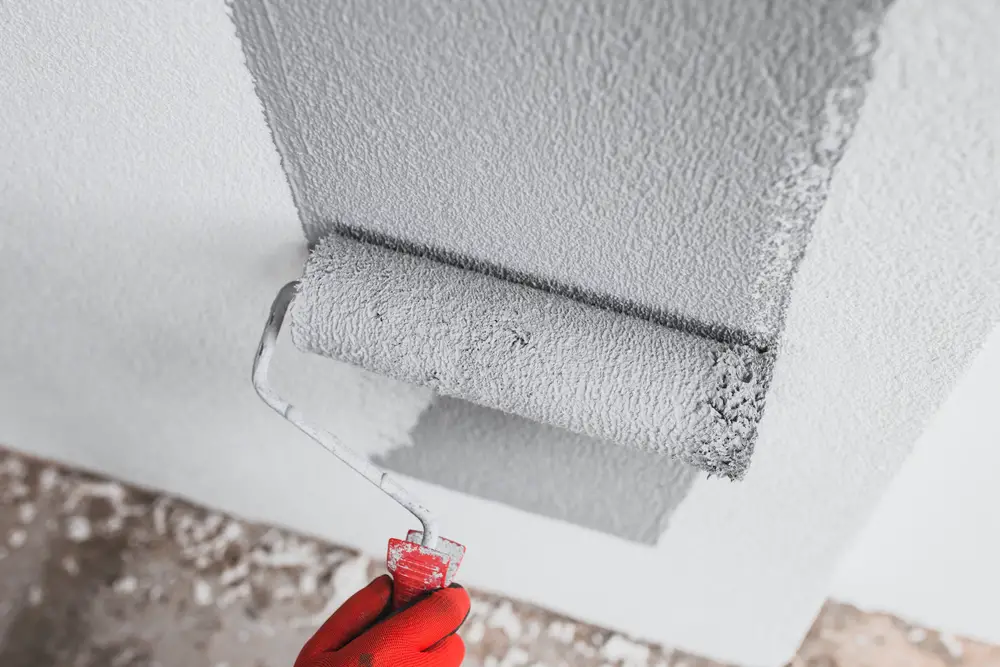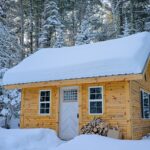Mold, a persistent intruder in many homes, is not just an unsightly presence; it can also pose serious health risks and compromise the structural integrity of a property. Understanding how mold takes root is crucial in the quest to prevent its growth and ensure a healthy living environment. In this comprehensive exploration, we will unravel the mysteries behind the question: “How Does Mold Grow in Homes?” From the microscopic origins to the visible manifestations, we aim to shed light on the causes and effective solutions to curb the unwelcome growth of mold in our living spaces.

The Microscopic Beginnings: Mold Spores in the Air
Airborne Spores
Mold begins its journey as microscopic spores that are present everywhere in the air. These spores can enter homes through windows, doors, and HVAC systems, silently awaiting the right conditions to thrive.
Moisture as a Catalyst in Mold
The primary catalyst for mold growth is moisture. When these airborne spores encounter a damp or wet surface, they latch on and begin to proliferate. Common sources of moisture include leaks, floods, high humidity, and condensation.
The Ideal Breeding Ground: Damp and Dark Spaces
Bathrooms and Kitchens
Mold finds a welcoming haven in areas prone to high humidity and moisture, such as bathrooms and kitchens. The combination of water, warmth, and organic materials creates an ideal breeding ground for mold to flourish.
Basements and Crawl Spaces
Dark and often neglected, basements and crawl spaces provide another ideal environment for mold growth. Poor ventilation and damp conditions make these areas susceptible to mold infestations.
Common Culprits: Understanding Mold’s Favorite Materials
Organic Materials
Mold feeds on organic materials such as wood, paper, and fabric. This makes homes, with their abundance of potential food sources, particularly susceptible to mold colonization.
Drywall and Ceiling Tiles
The porous nature of drywall and ceiling tiles makes them attractive to mold. Once moisture is introduced, these materials become a breeding ground for mold spores.
Hidden Threats: Mold Behind the Walls
Leaky Pipes and Plumbing Issues
Undetected leaks behind walls can create hidden pockets of moisture, providing an ideal environment for mold to grow. Regular inspections and prompt repairs are essential in preventing hidden mold issues.
Roof Leaks
A leaking roof can introduce moisture into the attic and walls, fostering mold growth. Timely roof repairs and inspections are crucial in preventing this often overlooked source of mold.
Ventilation Matters: Stagnant Air and Mold Growth
Poor Ventilation
Stagnant, humid air contributes to mold growth. Areas with poor ventilation, such as closets and closed-off spaces, are more susceptible to mold infestations. Proper airflow is essential in mitigating this risk.
HVAC Systems
Mold can also find its way into HVAC systems, spreading through the ducts and into various rooms. Regular maintenance and cleaning of HVAC systems are critical in preventing mold from circulating throughout the home.
Preventing Mold: Strategies for a Mold-Free Home
Control Humidity Levels
Keeping humidity levels below 60% is an effective strategy to prevent mold growth. Dehumidifiers can be valuable tools, especially in basements and other moisture-prone areas.
Proactive Repairs
Promptly address leaks, water damage, and plumbing issues. Regular inspections and proactive repairs are essential in preventing the conditions that foster mold growth.
Proper Ventilation
Ensure proper ventilation in all areas of your home, including bathrooms, kitchens, and crawl spaces. Use exhaust fans, open windows, and allow air circulation to minimize the risk of mold.

Conclusion
Mold growth in homes is a complex process influenced by various factors, from the microscopic presence of spores to the visible manifestations in our living spaces. By understanding how mold takes hold, homeowners can adopt proactive measures to prevent its growth and protect their homes and health. From controlling humidity levels to promptly addressing leaks, the journey to a mold-free home begins with awareness and a commitment to effective prevention strategies. In unraveling the intricacies of mold growth, we empower ourselves to create living environments that are not only visually appealing but also conducive to the well-being of those who call it home.









